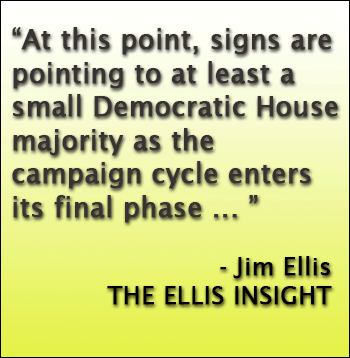By Jim Ellis
March 28, 2019 — Sen. Tom Udall (D-NM) and Rep. Jose Serrano (D-NY) both made public on Monday their intentions not to seek re-election in their respective houses of Congress. The Udall announcement was a surprise, and we updated our outlook on his open seat in our 2020 Senate Review, Part III, yesterday. Retirement rumors had begun to swirl around Rep. Serrano, especially with New York City Councilman Ritchie Torres (D) last week declaring his intention to run for the congressional seat.
The New Mexico Senate After Udall
Sen. Udall’s announcement saying that he will not seek a third term was unexpected. Both parties are now scrambling to see who will begin to line up to run for the open seat.
There is no question that Democrats will be favored to hold the seat but the new campaign evolving into a competitive battle is not out of the question. Though Republicans last won a New Mexico Senate seat with the late Sen. Pete Domenici’s last victory in 2002, the party did elect Susana Martinez governor both in 2010 and 2014.
Though Gov. Martinez’s approval numbers were low when she left office, she would have to be considered a possible, and viable, Senate candidate. Additionally, former US representative, and Senate and gubernatorial nominee Steve Pearce (R-Hobbs), who is now the New Mexico Republican Party state chairman, will also likely surface as a potential candidate.

 March 27, 2019 — The third and final segment of our three-part Senate review covers the races alphabetically from North Carolina through Wyoming, with a re-visit to the new open seat in New Mexico:
March 27, 2019 — The third and final segment of our three-part Senate review covers the races alphabetically from North Carolina through Wyoming, with a re-visit to the new open seat in New Mexico:


